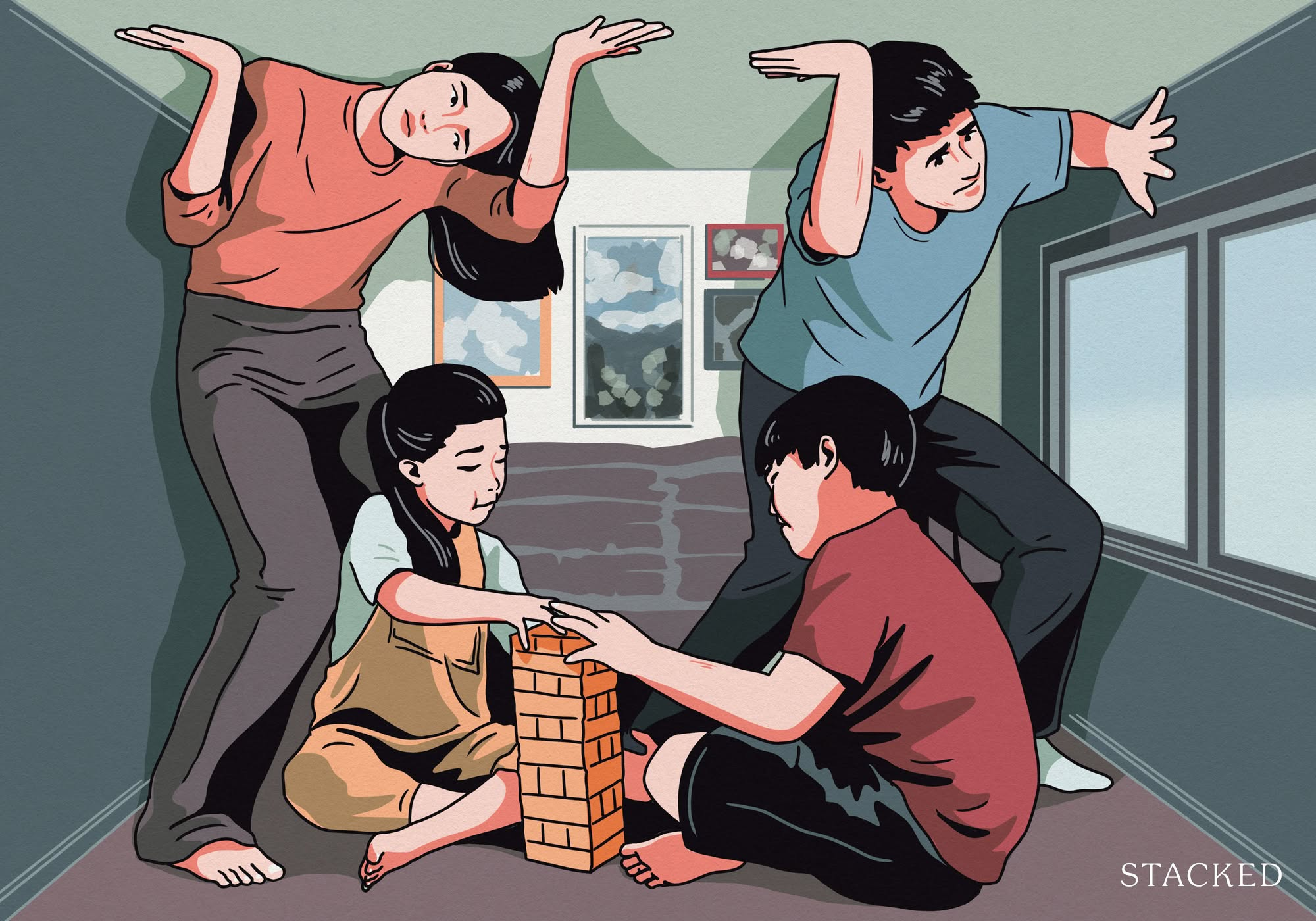Why Singapore Homes Feel So Unaffordable (Even If Incomes Have Risen)

Get The Property Insights Serious Buyers Read First: Join 50,000+ readers who rely on our weekly breakdowns of Singapore’s property market.
A seasoned content strategist with over 17 years in the real estate and financial journalism sectors, Ryan has built a reputation for transforming complex industry jargon into accessible knowledge. With a track record of writing and editing for leading financial platforms and publications, Ryan's expertise has been recognised across various media outlets. His role as a former content editor for 99.co and a co-host for CNA 938's Open House programme underscores his commitment to providing valuable insights into the property market.
When discussing housing affordability, the standard yardsticks often include wage growth versus home prices, or sometimes debt-to-income ratios. But there’s another factor that’s quietly reshaped the equation: the normalisation of dual incomes.
Older Singaporeans might recall that, in the 1980s and before, a single breadwinner could often pay off a family home without too much strain. But fast forward to today, and it’s a very different story. For many households, both spouses need to work just to meet monthly mortgage payments. In some cases, they wouldn’t even qualify for a home loan without combined incomes. That shift introduces a hidden affordability risk – one that we may have overlooked:
How vital is a dual-income for the typical resale flat purchase today?
Let’s start with the example of a resale 4-room flat.
Let’s say a couple buys a resale flat at the seller’s price of $700,000. The official valuation comes in at $670,000, which means they’ll need to fork out $30,000 in Cash Over Valuation (COV), which is a realistic possibility in 2025.
We’ll also assume a mid-range renovation cost of $60,000.
How the sums work out:
- Purchase price: $700,000
- Valuation: $670,000
- Max loan (75% of valuation): $502,500
- Downpayment (25% of valuation): $167,500
- Plus COV (cash only): $30,000
- Less CPF Housing Grant: –$80,000
- Add renovation: +$60,000
Upfront needed: about $177,500 (including COV and renovation).
Monthly mortgage: about $2,260 (25-year loan, 2.6%).
Income required (MSR cap): about $7,540 household income.
For a typical dual-income household earning the median $11,300, this is manageable. They qualify for the loan, and the monthly repayment fits under MSR.
But what if it drops to a single income?
Now, let’s remove one income. The remaining spouse earns the median $5,800 a month. Under MSR rules, the maximum loan repayment they can take on is 30 per cent of income, or $1,740.
That’s around $520 less than the actual monthly repayment of $2,260, and we can see that under normal circumstances, the MSR wouldn’t even permit this.
Outside of loan calculations, we need to consider the practical implications

Suppose, for argument’s sake, that one spouse tries to carry the entire loan anyway. At $2,260 a month, the mortgage now eats up 39 per cent of their $5,800 salary – far above the 30 per cent threshold that’s considered safe.
(For reference, the formula commonly used in Singapore for prudence is 3-3-5: that means having 30 per cent of the required capital to buy, keeping monthly loan repayments to 30 per cent of income, and keeping total cost to no more than five times annual income)
Now I’m not a financial advisor – but even without straying into that lane, it’s obvious that the scenario means cutting back on many things.
Savings get delayed, enrichment classes for the kids disappear, and the household budget shrinks to little more than survival mode. At the same time, there’s no margin for shocks: a single medical bill, retrenchment, or unexpected expense could topple the entire arrangement; in fact, some might agree that, given this scenario, selling and downgrading should be the immediate response.
We may be masking the risks behind our numbers
Some of the issues we may run into are:
- A false sense of security due to our metrics
- The loss of an important safety valve
- Worsening impact from being a super-aged society
- Pressure on family life and birth rates
- Blind spots for single homeowners
1. A false sense of security due to our metrics
As shown above, when we talk about affordability in terms of price-to-income ratios, it all looks fine; but only because the “income” in question quietly assumes two paychecks.
We should also be wary that sometimes, the industry tells couples they’re in a safe space due to the metrics. That’s where the danger creeps in: if the ratios say they’re fine, couples may feel justified in stretching a bit: maybe going for one more bedroom, or even trying for a condo in a pricier district. After all, they still meet their MSR or Total Debt Servicing Ratio (TDSR), and they may even be under it by a certain margin.
But this is built on the assumption that both salaries will always be there. If one person sees diminished or lost income, there isn’t an easy “undo” button. In fact, certain policies may actively make downgrading difficult: unless you’re 55 or older, for example, you need to wait 15 months after selling your private property before you can buy a resale flat.
Plus, if you’re really unlucky and a crisis hits early on, remember there’s a Sellers Stamp Duty (SSD) if you try to sell to rightsize within the first four years. Losing a chunk of the sale proceeds can make finding a viable replacement property much tougher.
So at the risk of sounding excessively cautious, I’d say it’s worth at least discussing the impact on the mortgage, in the off chance one spouse is unable to work, or ends up earning less. You can use the same metrics you’re comfortable with; you just need to also calculate the impact (and the possible exit plan) if you remove one more income source.
More from Stacked
5 Commonly Overlooked Factors When Buying A Resale Condo
One of the most common questions from new home buyers is “will there be gains?” This usually sets off a…
2. The loss of an important safety valve
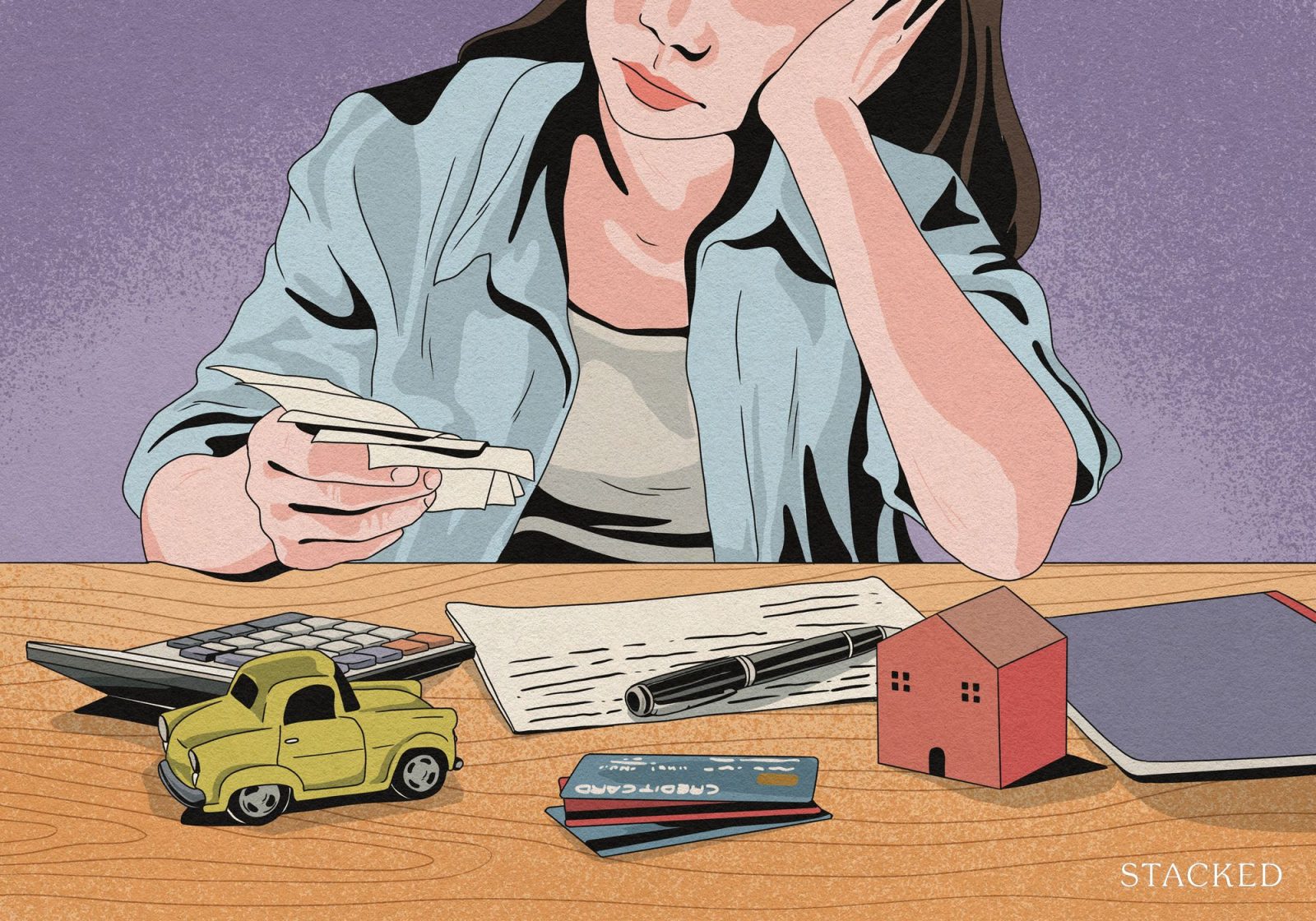
Homebuyers in our parents’ generation or earlier – when single-income was more common – had a safety valve that many of us lack.
On the off chance that one spouse can’t work, the other can sometimes jump in to alleviate the impact. If the issue is unemployment, for example, the other spouse – assuming they currently aren’t working – may be able to take a part-time job or re-enter the workforce, to keep the mortgage payments going. It’s probably still a logistical nightmare if there are children, elderly parents, etc., to look after, but it’s at least a possibility.
If you’re dual-income and your spouse is already working a full-time job, there isn’t much more they can do to change things. You end up in an “it is what it is” scenario, with your back to the wall.
Hopefully, your children are old enough to start contributing as well.
3. Worsening impact from being a super-aged society
Singapore will be a super-aged society by next year. For many families, this means care for older parents will become an issue; possibly on top of raising their own children.
In the past, when a single-income family was able to carry the mortgage, there was a bit more leeway for this; the non-working spouse could step in when circumstances changed. If an elderly parent suddenly needed more care, or if extra income* was required, the option was there for the other spouse to pick up part-time work, or re-enter the workforce altogether.
*As a matter of personal experience, I can assure you extra income is almost certainly needed; especially if you’re an only child, and no one else is around to help pay for parents’ medical costs or a stay-in helper.
It was never easy for the non-working spouse to shoulder that, but at least the option existed. Today, with both spouses already working full-time just to keep up with the mortgage, that flexibility is gone. The likely outcome is uncomfortable: perhaps more elderly being sent to nursing homes, or left to cope with living alone.
4. Pressure on family life and birth rates
I probably don’t need to explain this one, right? I daresay this is a lived experience for many Singaporeans today.
When both spouses are working full-time, family time gets squeezed to the margins. Children end up seeing the domestic helper more hours in the day than they see their parents. And it’s not just about presence: by the time mum and dad get home, they’re often too tired to do more than supervise homework or rush through dinner. Which, now that I mention it, certainly explains our highly lucrative tuition industry.
Against that backdrop, it’s not surprising that Singapore’s fertility rate has plunged to record lows. For many couples, the calculation feels brutal: if two incomes are already needed just to hold on to a flat, how realistic is it to add the cost and time of raising children on top of that? Let alone multiple children.
5. Blind spots for single homeowners

While we’re busy congratulating ourselves on meeting affordability metrics, we risk ignoring the groups that don’t benefit from them in the same way: singles, single parents, or those who can’t be legally married often face much tougher hurdles.
They qualify for fewer grants, must wait longer to buy certain flats, and have to rely on a single paycheck to meet the same MSR and TDSR rules as everyone else. On paper, affordability can look fine for society as a whole; but in practice, these groups are priced into smaller, older, or less central flats – if they can get in at all.
This blind spot will only grow more pressing because more Singaporeans are staying single today. If housing affordability frameworks don’t account for them, then we’re leaving out an ever-larger share of the population from the definition of “affordable.” This is an issue that may cause us to redefine affordability, not too far down the road.
Housing affordability in Singapore still looks defensible for now
My intent isn’t to be an alarmist: for now, the ratios hold, the median household income clears the bar, and the numbers suggest that most families are safe.
But at the same time, I don’t think it’s good to fall back on oversimplifications like” Well, they can just downgrade if their income drops.”
We should examine how much our financial resilience as homeowners may be compromised by dependence on the second income stream. Failure to do so leaves us vulnerable to shocks, and less prepared for an ageing population and more single homeowners.
Otherwise, there may be more Singaporeans who learn, too late after losing one income source – that’s what is “affordable” on paper was never really true to them.
If you’d like to get in touch for a more in-depth consultation, you can do so here.
Ryan J. Ong
A seasoned content strategist with over 17 years in the real estate and financial journalism sectors, Ryan has built a reputation for transforming complex industry jargon into accessible knowledge. With a track record of writing and editing for leading financial platforms and publications, Ryan's expertise has been recognised across various media outlets. His role as a former content editor for 99.co and a co-host for CNA 938's Open House programme underscores his commitment to providing valuable insights into the property market.Read next from Property Market Commentary
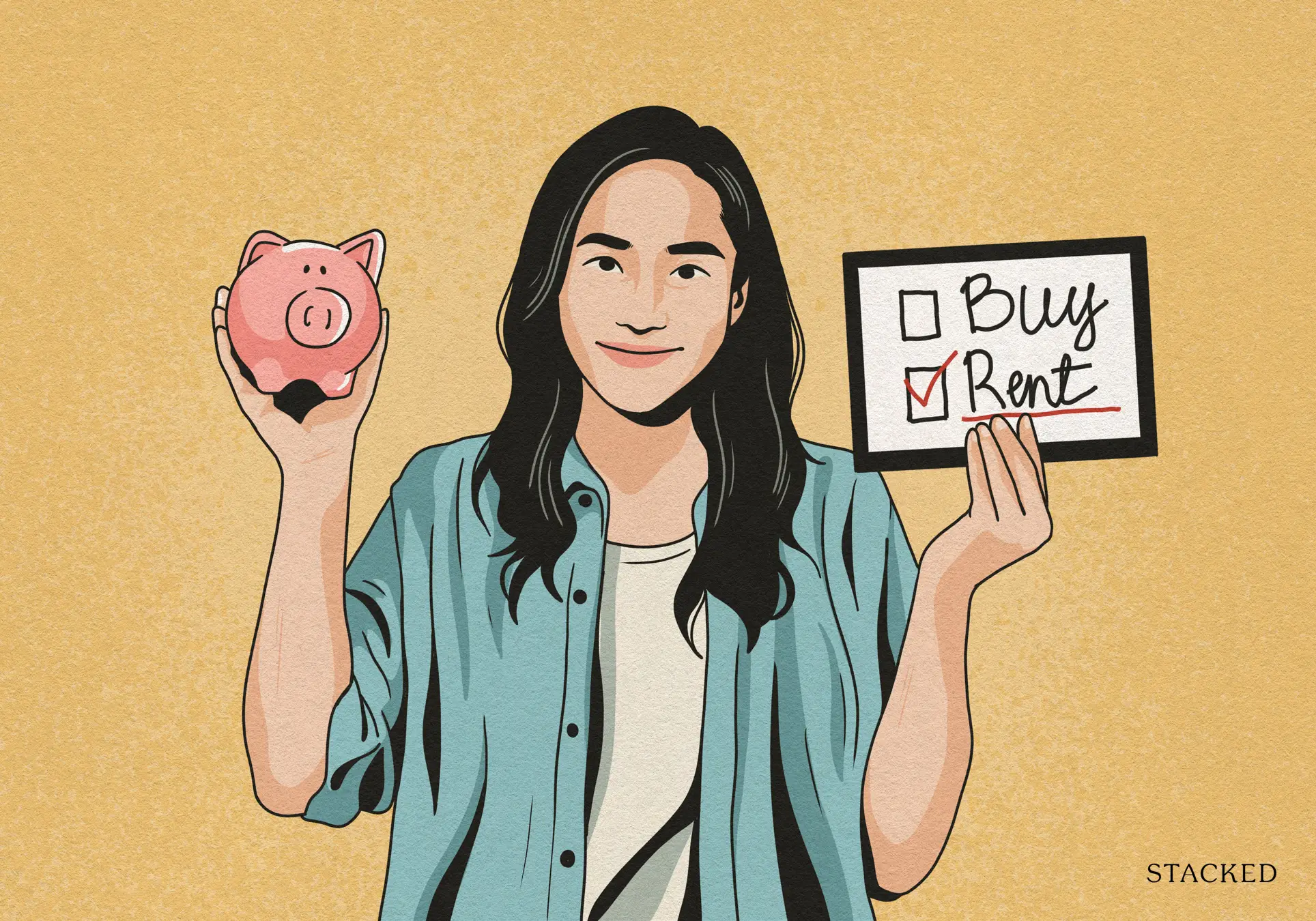
Property Market Commentary When Renting In Singapore Is The Smarter Move — And Buying Can Wait
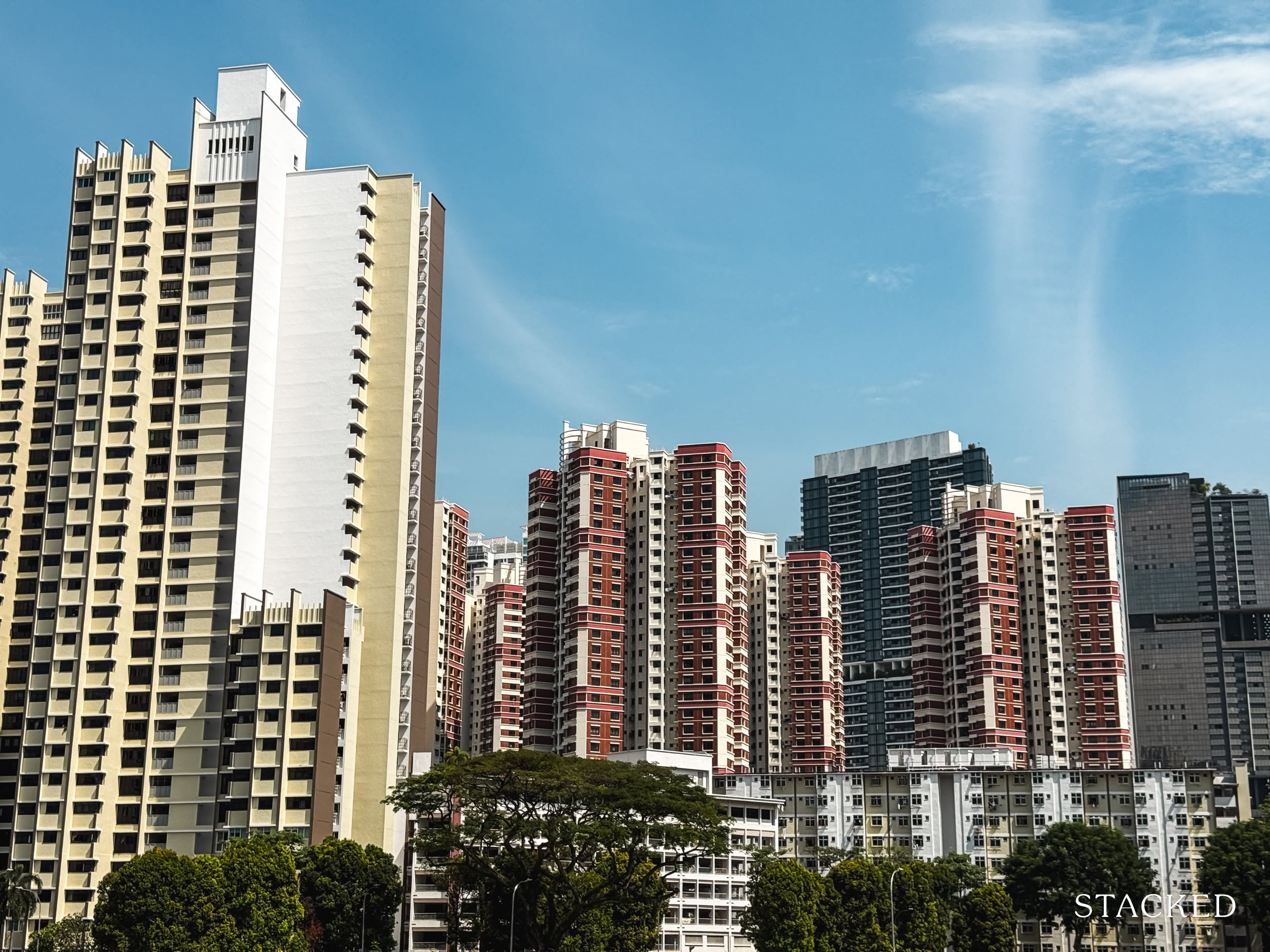
Property Market Commentary A Wave Of New HDB Resale Supply Is Coming In 2026: Here’s Where To Find Them
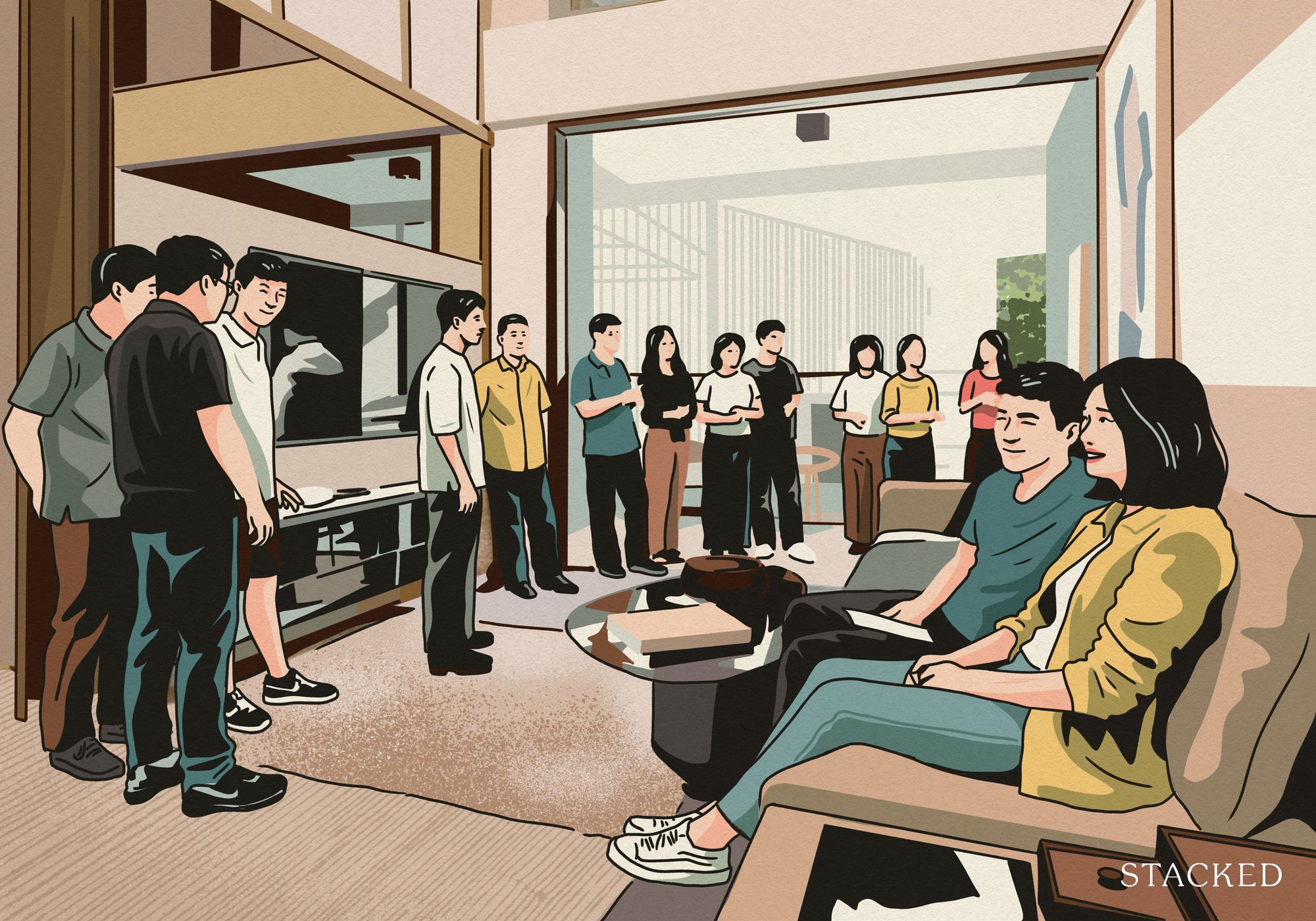
Property Market Commentary 5 Key Features Buyers Should Expect in 2026 New Launch Condos
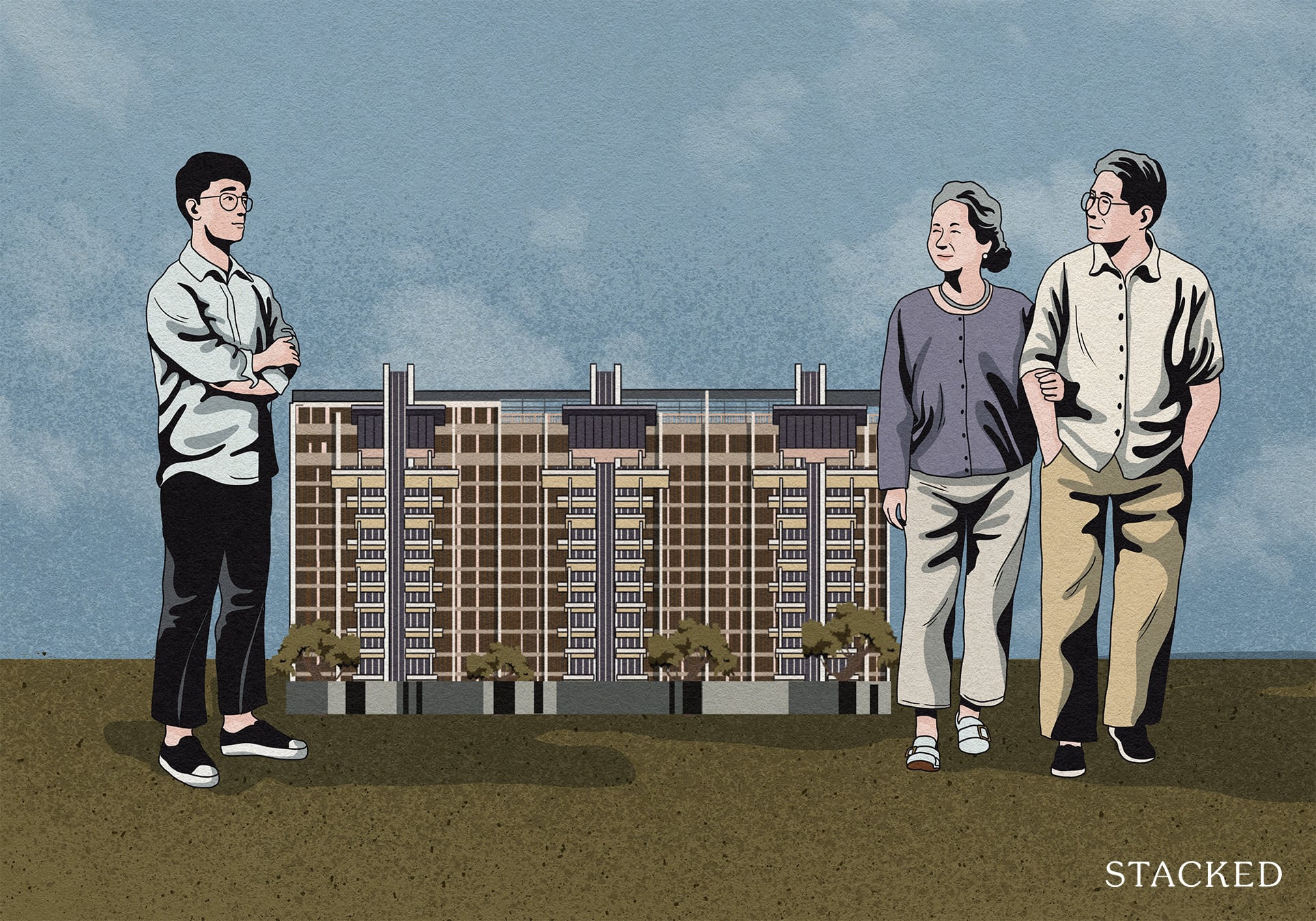
Property Market Commentary What “Lucky” Singaporean Homebuyers Used To Get Away With — That You Can’t Today
Latest Posts
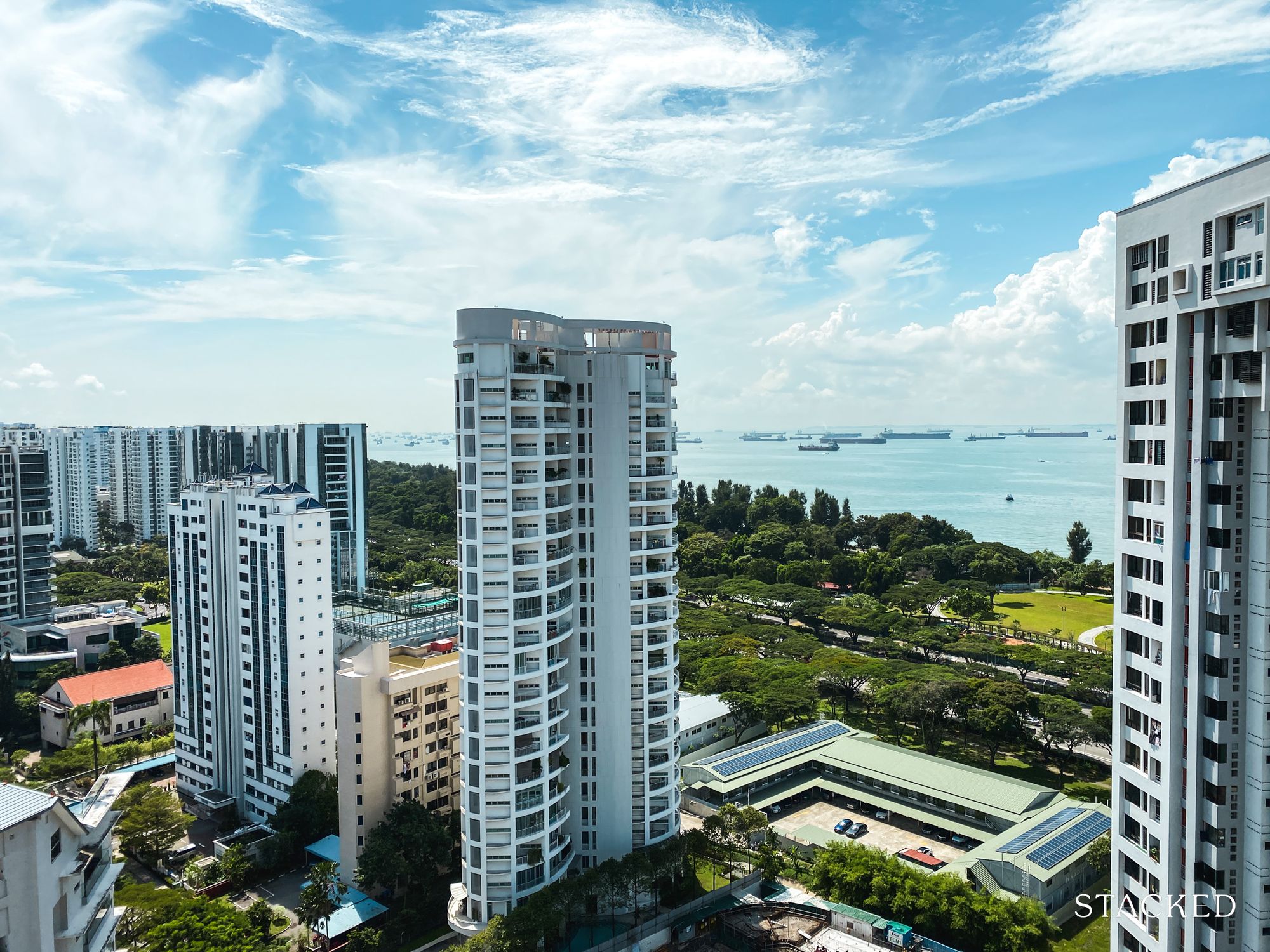
Property Advice Should We Buy An Old 99-Year Leasehold Condo To Live In: Will It’s Value Fall When The Lease Runs Out?

Pro How A Once “Ulu” Condo Launched In 1997 Became A Top Performer
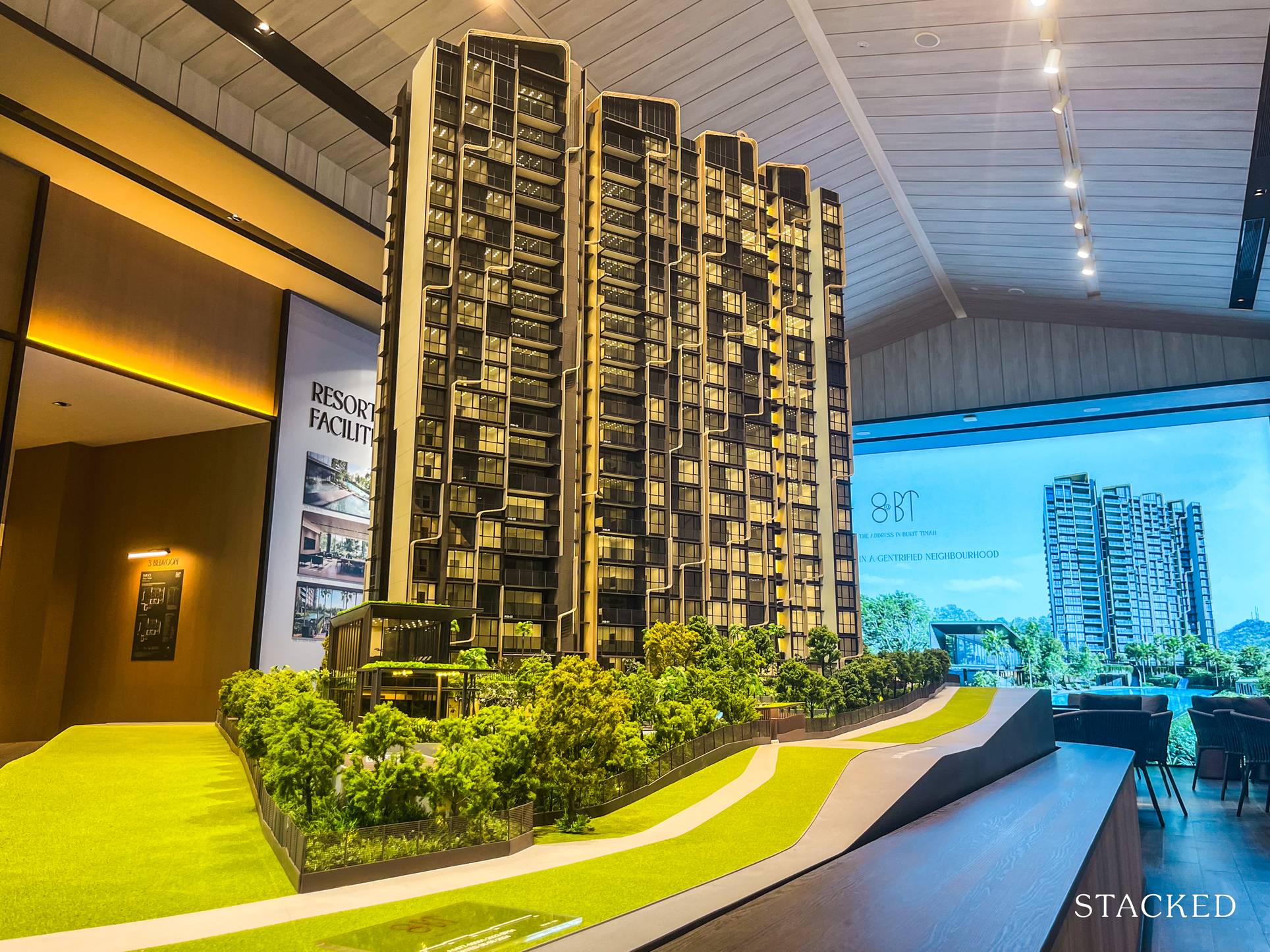
New Launch Condo Analysis I Reviewed A New Launch 4-Bedroom Penthouse At Beauty World

Landed Home Tours Why Singaporean Families Are Looking At This Landed Enclave From Around $4M
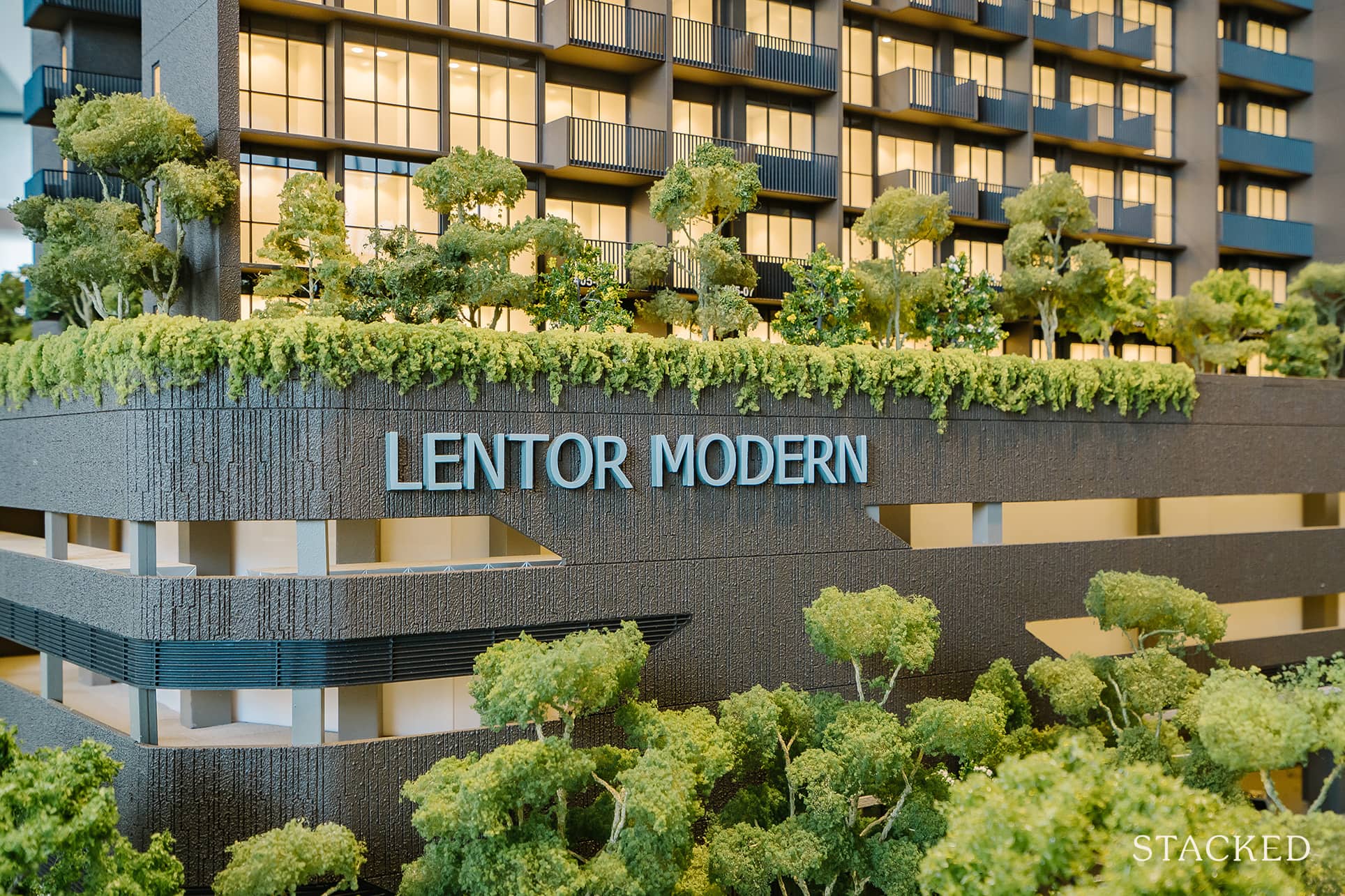
Singapore Property News Lentor’s First Condo Is Complete — The Early Profits May Surprise You
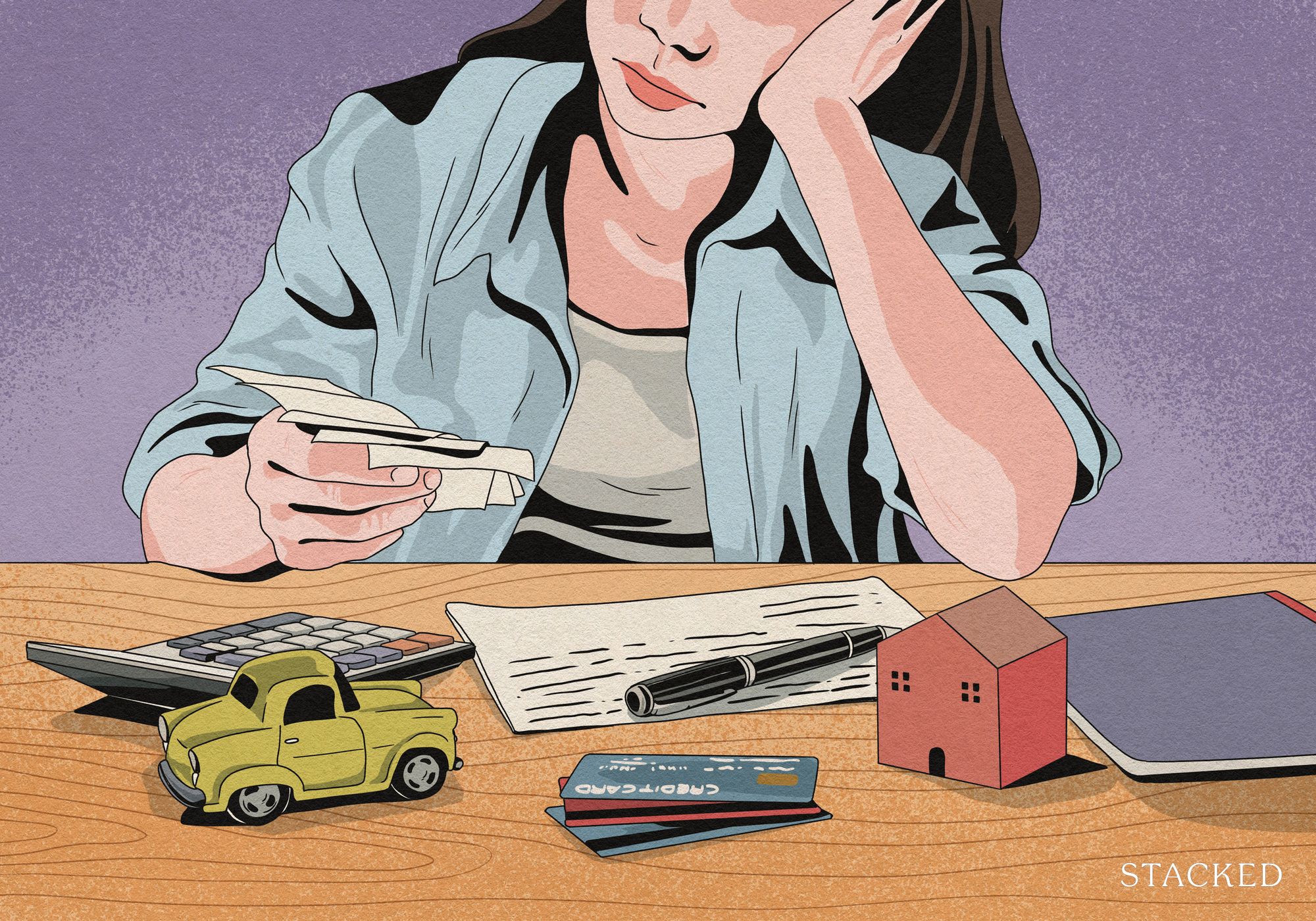
Property Advice We Own A $800K 1-Bedder And A $1.1M 3-Bedder: Is It Possible To Upgrade To A 4-Bedder Condo?

On The Market These Are Some Of The Cheapest 5-Room HDB Flats Left In Central Singapore
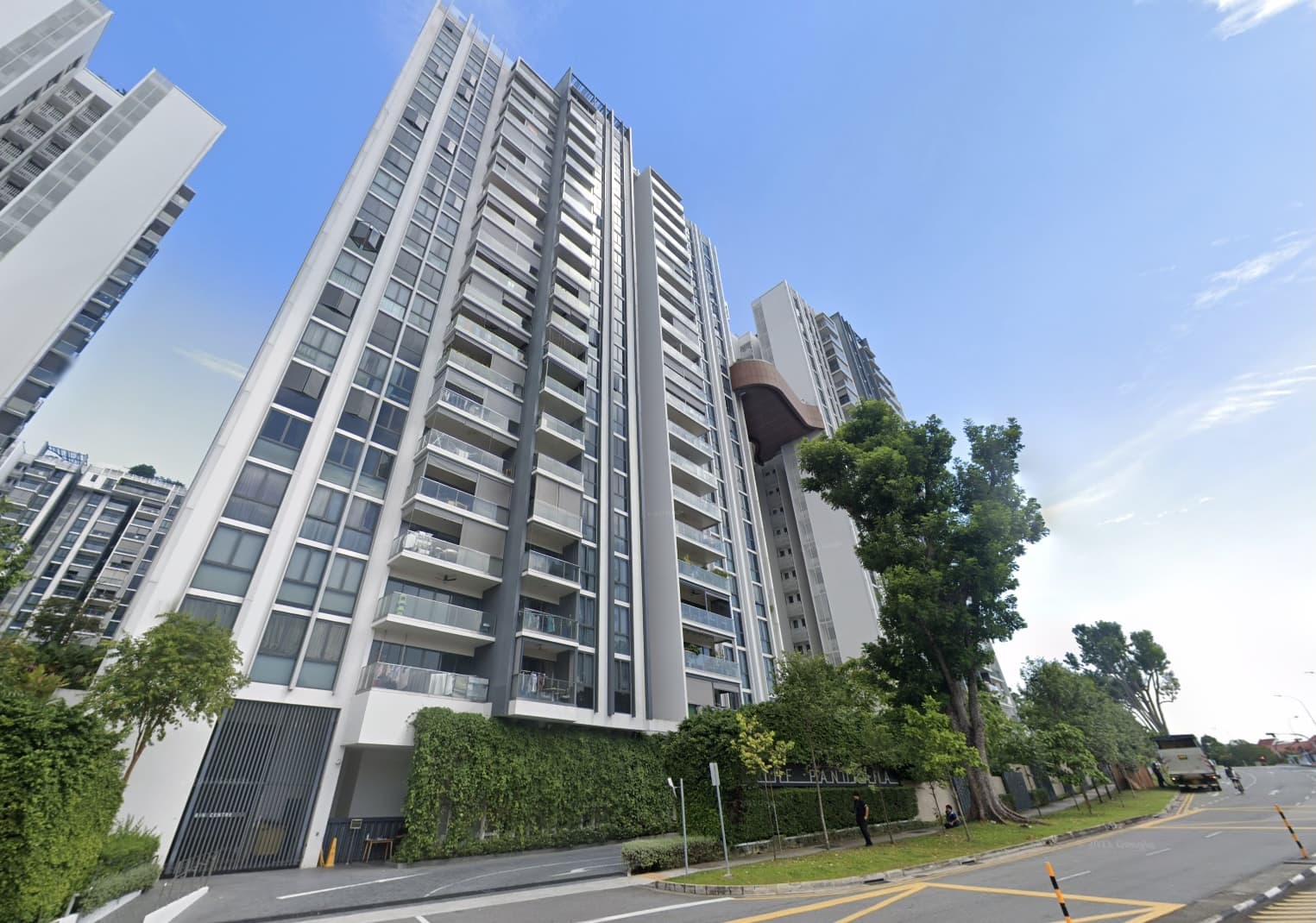
Pro This 698-Unit Ang Mo Kio Condo Launched At The Wrong Time — And Still Outperformed Peers

Singapore Property News $281.2M in Singapore Shophouse Deals in 2H2025 — But That Number Doesn’t Tell the Full Story

Property Investment Insights These Resale Condos In Singapore Were The Top Performers In 2025 — And Not All Were Obvious Winners

Singapore Property News CapitaLand–UOL’s $1.5 Billion Hougang Central Bid May Put Future Prices Above $2,500 PSF
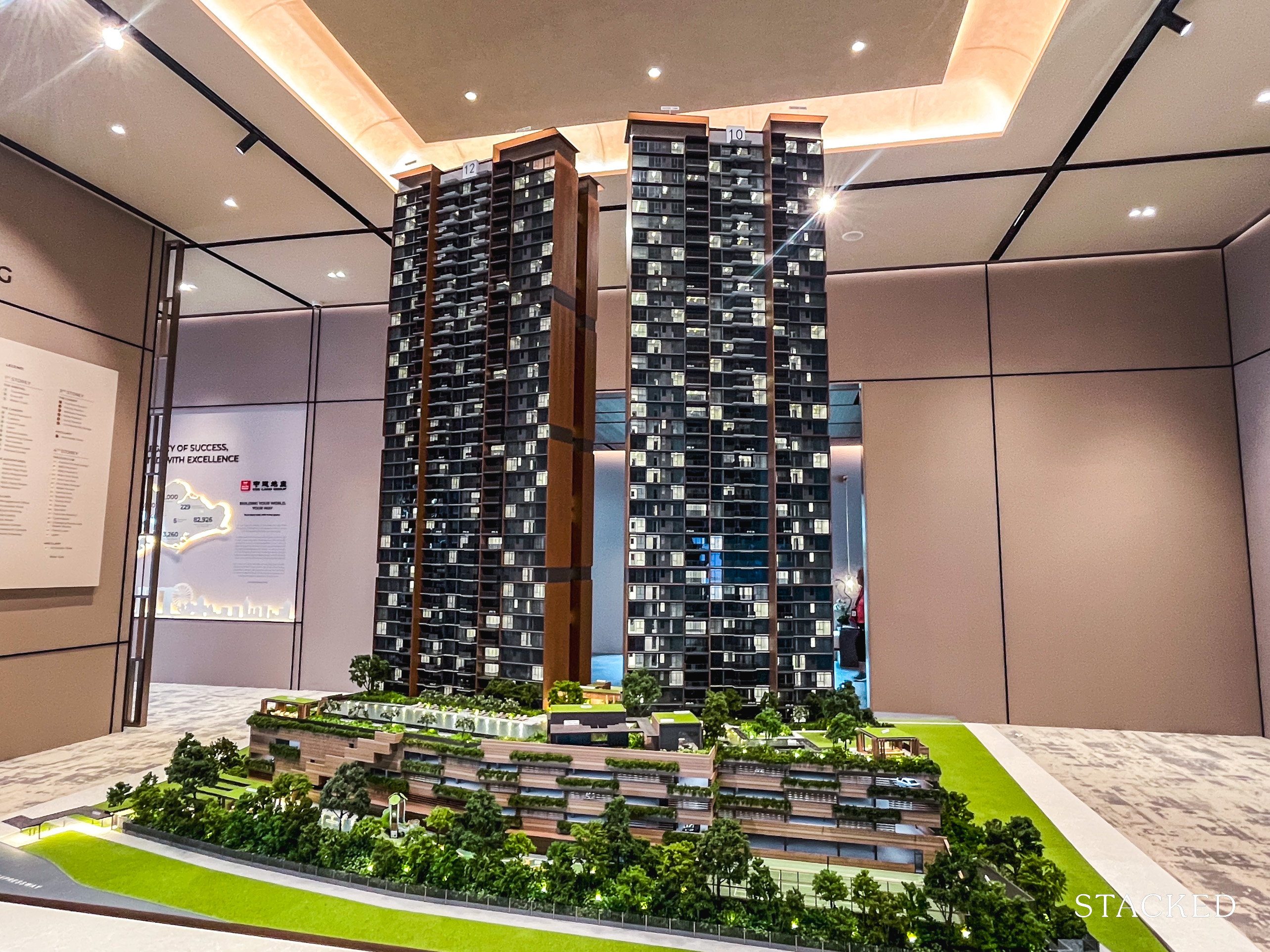
Singapore Property News Why New Condo Sales Fell 87% In November (And Why It’s Not a Red Flag)

Pro How A 944-Unit Mega-Condo In Pasir Ris Ended Up Beating The Market
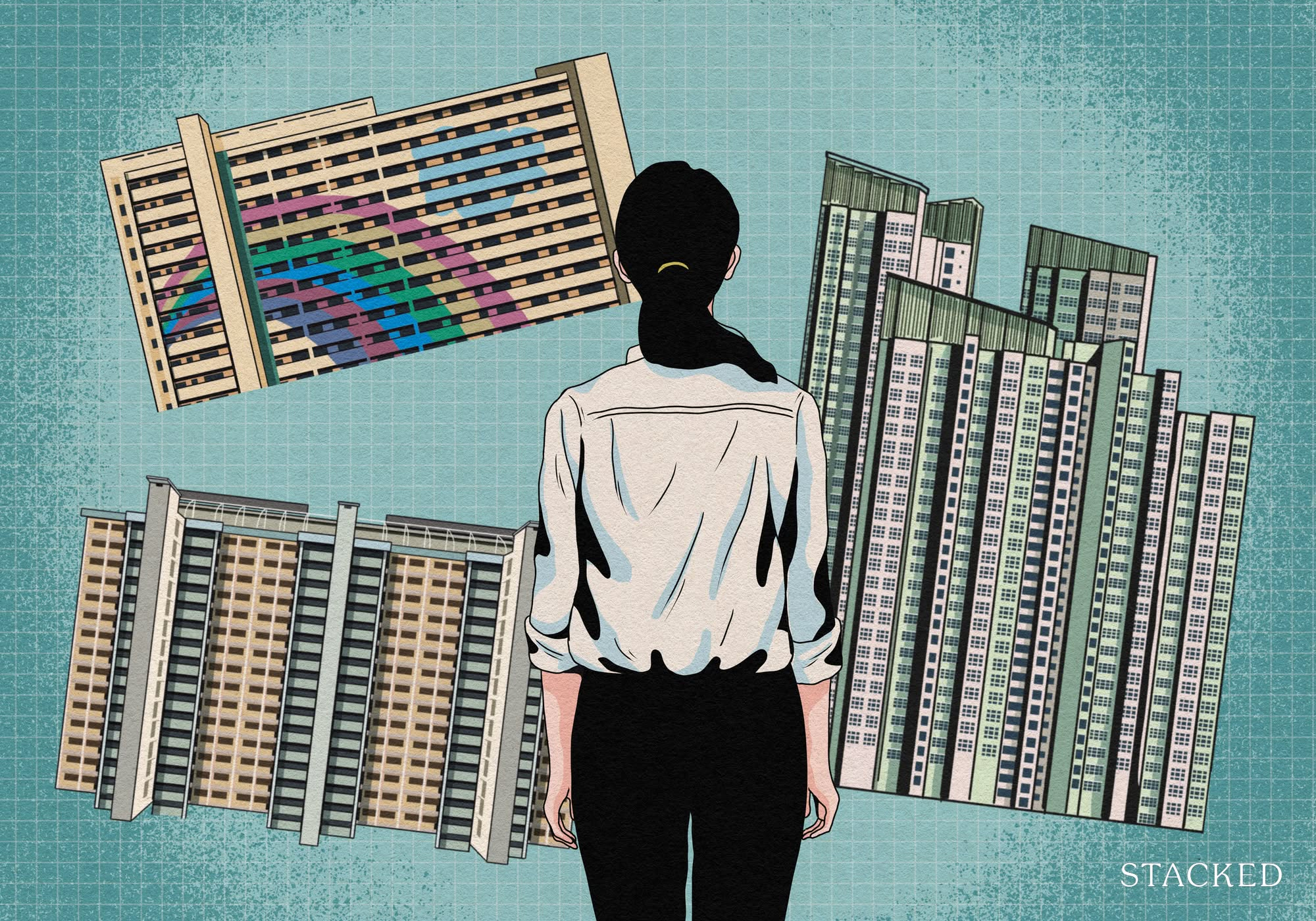
Property Investment Insights What Changed In Singapore’s Property Market In 2025 — And Why It Matters
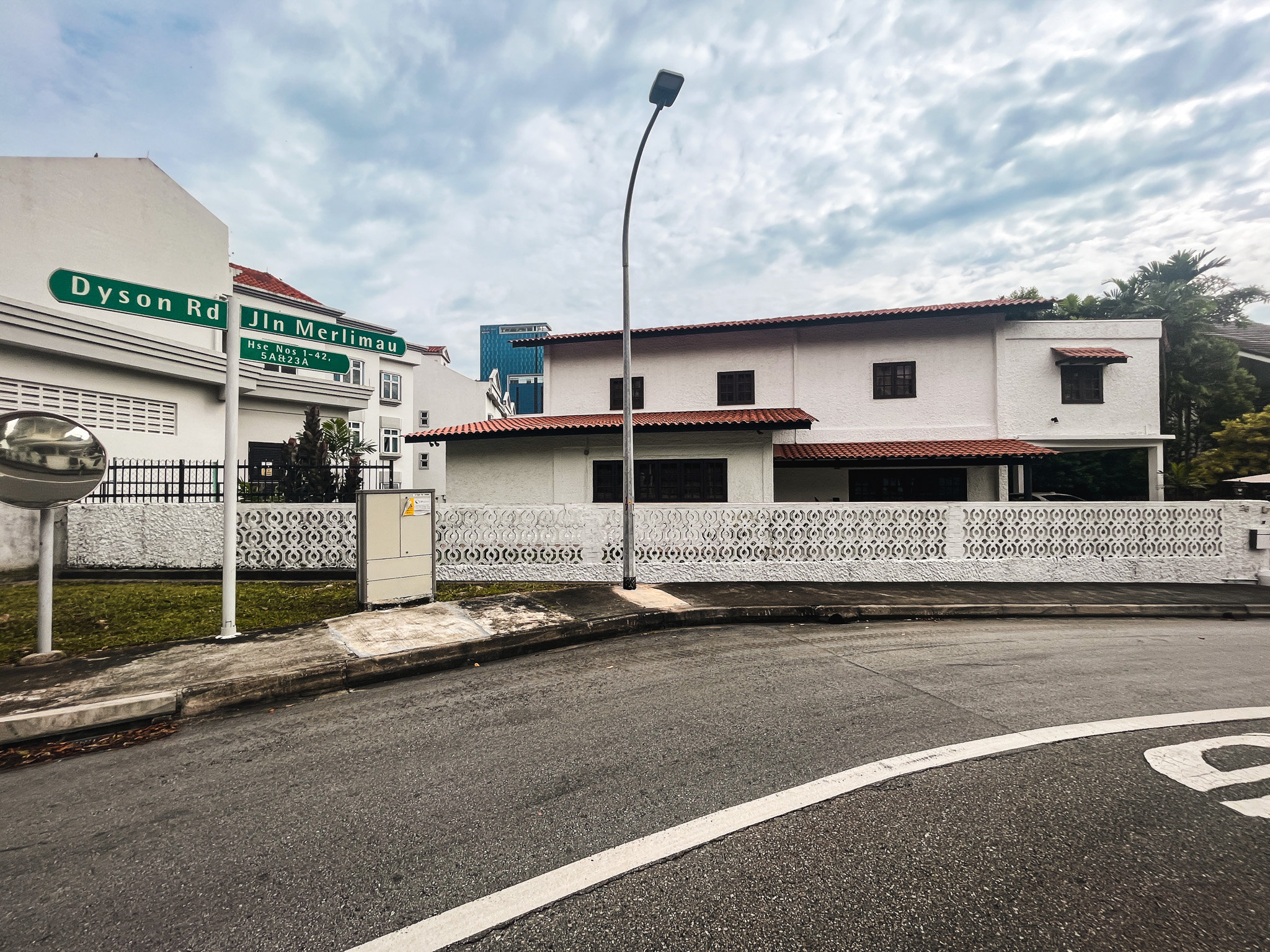
Editor's Pick We Toured A Quiet Freehold Landed Area Near Reputable Schools — Where Owners Rarely Sell
